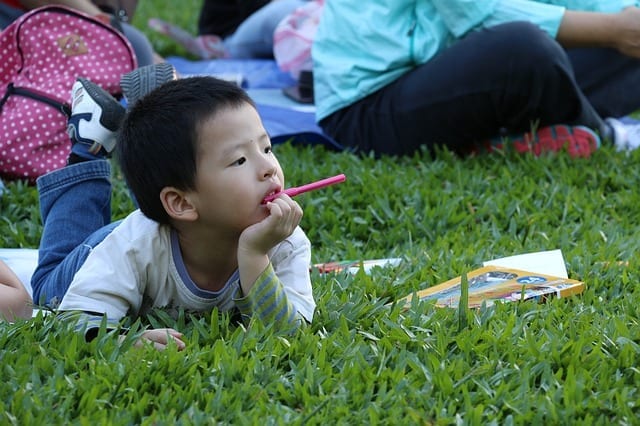Most children love to draw. By young adulthood, however, many have lost this enthusiasm, or it has at least cooled considerably. Why does this happen? Recall your own youth.
When you were in school, were you taught that there was a “right” and “wrong” way of expressing yourself creatively? Perhaps you were told that you always had to color within the lines. Or maybe your teacher would not allow you to put your fingers in the paints – you had to use a brush. Or perhaps in your later art classes, you were encouraged to strive for realism at the cost of personal interpretation.
Whatever the reasons, children are at times limited in their creativity by adult expectations. For example, have you ever heard an adult comment on a child’s drawing – or perhaps you have done so yourself – saying, “Oh, what a nice horse,” only to have the child retort, “That’s not a horse. That’s Buzz Lightyear fighting off evil aliens!” Maybe that wasn’t the exact exchange you experienced, but you get the point.
It can be a challenge for adults, with our focus on “the real world,” to see things from a child’s point of view. Consider again events of your own childhood. Think of the artistic situations mentioned at the outset, or of similar occurrences you remember from your youthful days – telling an outlandish story, pretending to be your favorite cartoon character, and the like. When did you cease doing these things, and why?
Creativity is a vital component of many careers in today’s rapidly changing society. How can parents and educators connect with children and nurture the creative spark? How will this help your child in later years? Consider a few simple steps to helping your child express himself through art.












